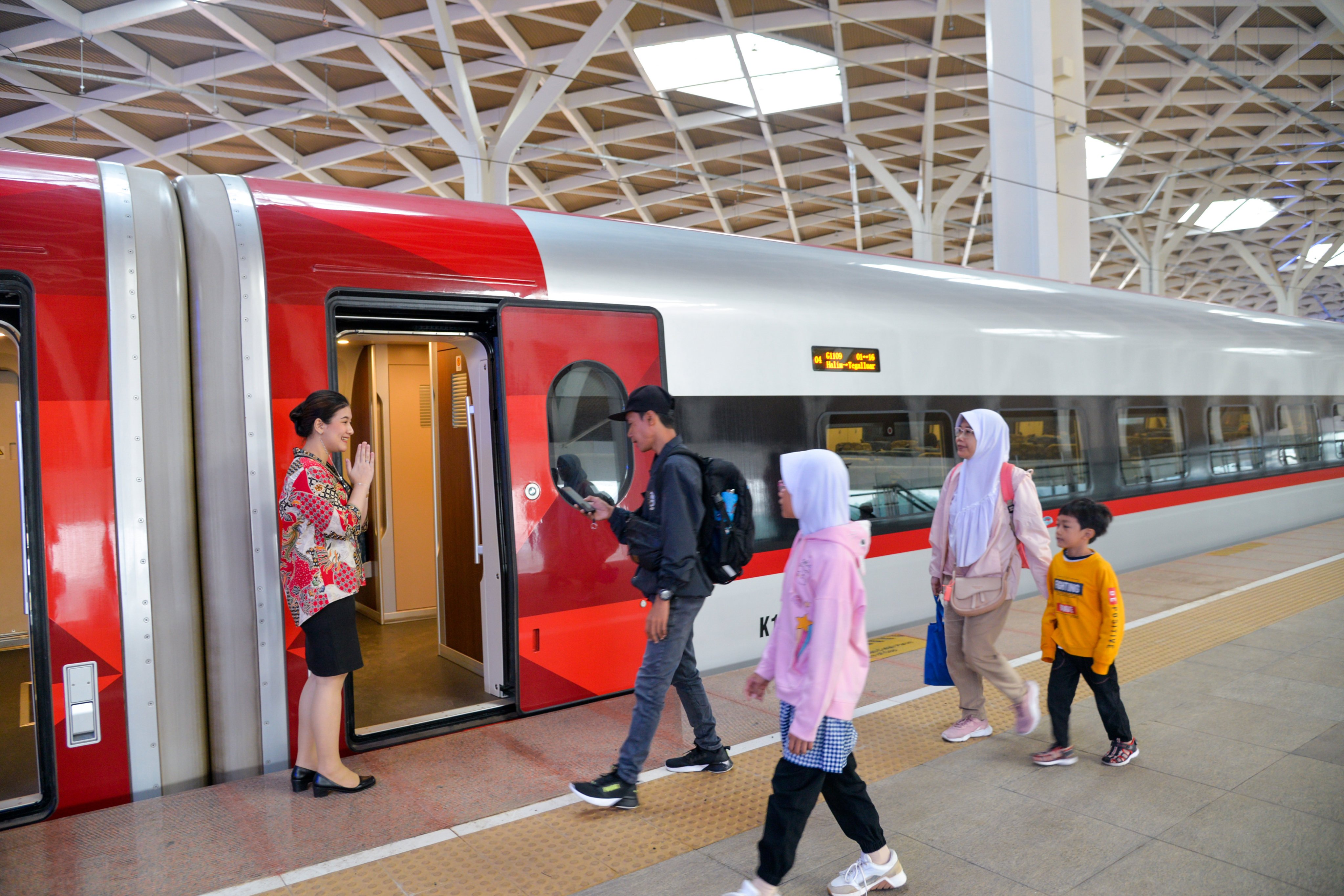US and EU aid cuts see China’s star on the rise in Southeast Asia, report says
China is enhancing its influence in the region through infrastructure connections

China’s role as Southeast Asia’s largest infrastructure financier is increasing its regional influence at a time when the United States and the European Union are slashing their foreign aid budgets, a new report by an Australian think tank said.
With the Trump administration in the United States scrapping about US$60 billion in aid and European countries pulling back more than US$25 billion, “the centre of gravity” in Southeast Asia’s development finance landscape “looks set to drift East, notably to Beijing, but also Tokyo and Seoul”, the Lowy Institute report, which was released today, said.
“China is the single largest partner on infrastructure financing in Southeast Asia, but traditional donors combined still outspend it,” the report’s lead authors, Alexandre Dayant, Grace Stanhope and Roland Rajah, wrote. “As Western aid declines and China recalibrates its strategy, Beijing is well positioned to regain dominance.”
Southeast Asia’s traditional partners include countries such as the US and Australia, and international organisations such as the United Nations, the Asian Development Bank and the World Bank.
With the US expected to cut its foreign assistance by 83 per cent this year, the retrenchment of funds from Europe and tariff uncertainties undermining trade ties between the US and other countries, China is enhancing its influence in the region through infrastructure connections. Recent examples include work on high-speed railway links with Vietnam and Thailand.
China International Development Cooperation Agency spokesman Li Ming told a news conference in March that China’s “principles related to foreign aid, including non-interference in internal affairs, no political strings attached and no empty promises made, will not change”.
“A major country should act like a major country by shouldering its due international obligations and fulfilling its responsibilities, rather than renege on its promises, be mercenary or bullying,” he said.
China’s relative importance as a development actor in the region will rise as Western development support recedesLowy Institute report
The Lowy Institute report said that in 2023, China had “ramped up” non-concessional loan disbursements by almost 50 per cent compared to 2022, accelerating major infrastructure projects such as the Jakarta-Bandung High-Speed Railway in Indonesia and the East Coast Rail Link in Malaysia.
“Even as the infrastructure race slows, China’s relative importance as a development actor in the region will rise as Western development support recedes,” the report said. “Beijing retains a substantial pipeline of infrastructure projects and has shown continued appetite to take on major projects.”
Lower-middle-income economies such as the Philippines and Vietnam would engage with China when doing so aligned with their domestic priorities, the report said, while poorer economies such as Cambodia, Laos and Myanmar – which had limited access to alternative financing – remained “heavily reliant” on China and had “much less room to negotiate”.
There was a fourfold increase in Chinese infrastructure project commitments from a low of US$2.5 billion in 2022 to almost US$10 billion in 2023 due to the revival of the Kyaukphyu Deep Sea Port project in Myanmar, the report said.
It said the European Union and the governments of seven European countries – France, Germany, the Netherlands, Sweden, Finland, Austria and Italy – had announced plans last year to implement US$17.2 billion in foreign aid cuts between this year and 2029, while the United Kingdom was cutting around US$7.6 billion a year.
Unhandled type: inline-plus-widget {“type”:”inline-plus-widget”}
Total development finance to Southeast Asia could decline by 8 per cent, or more than US$2 billion, to US$26.5 billion next year, according to Lowy Institute estimates based on budget documents, public announcements and calculations by other researchers.
“Western alternative infrastructure offerings have effectively failed to materialise in recent years,” the report said, also noting that promises from Western countries to support the region’s clean energy transition “have yet to translate into more projects on the ground”.